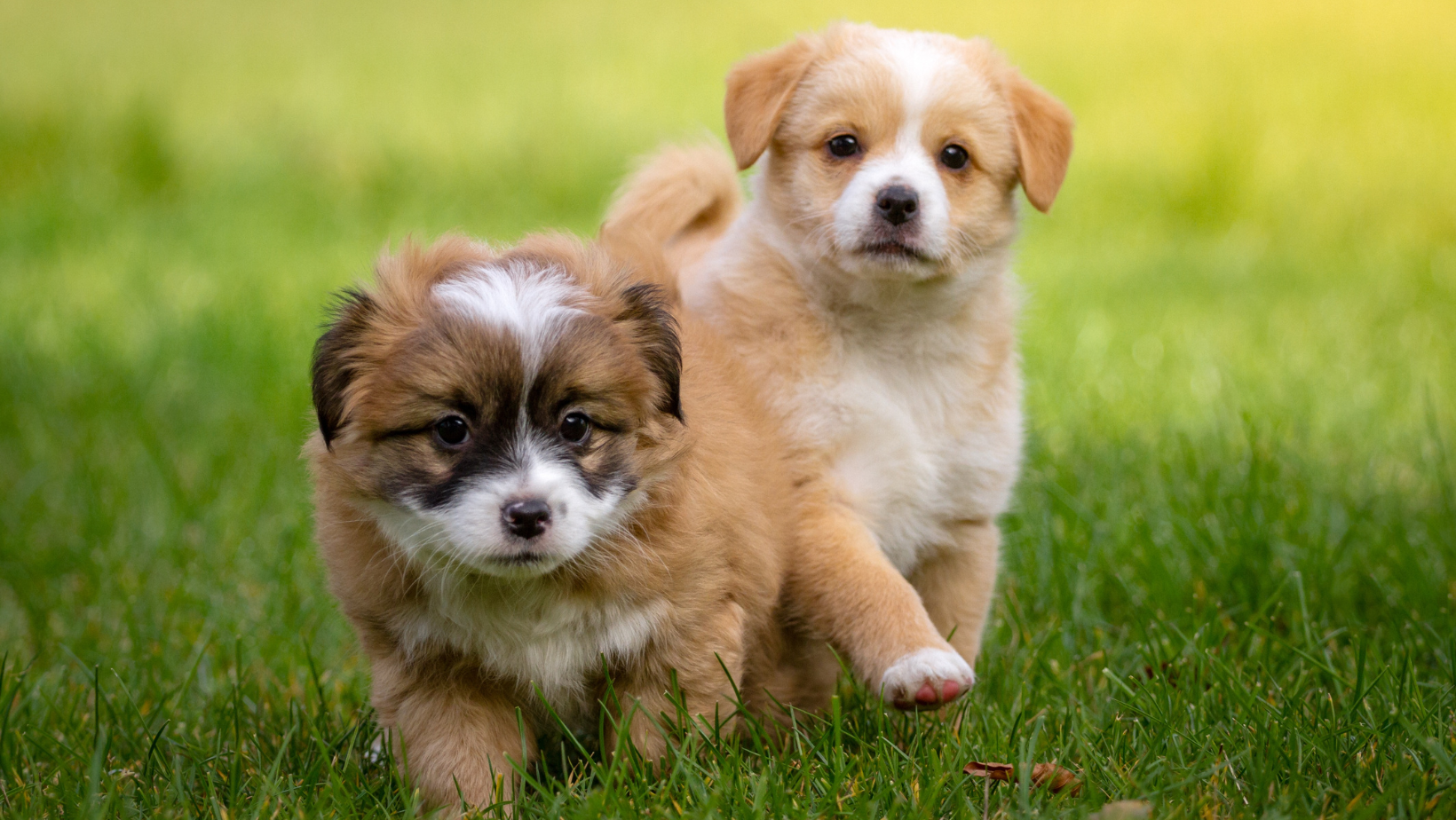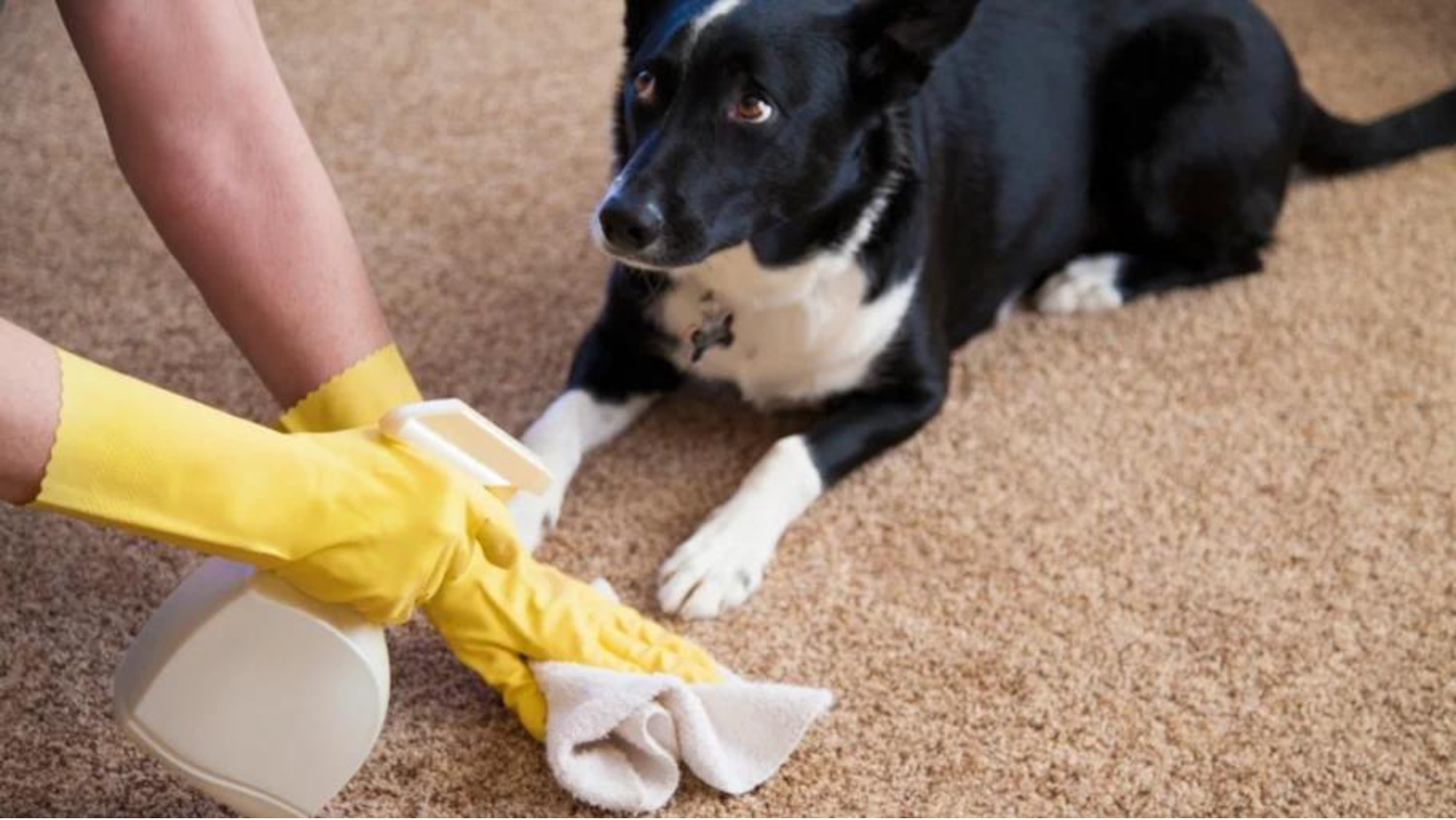Dog Training- Sit
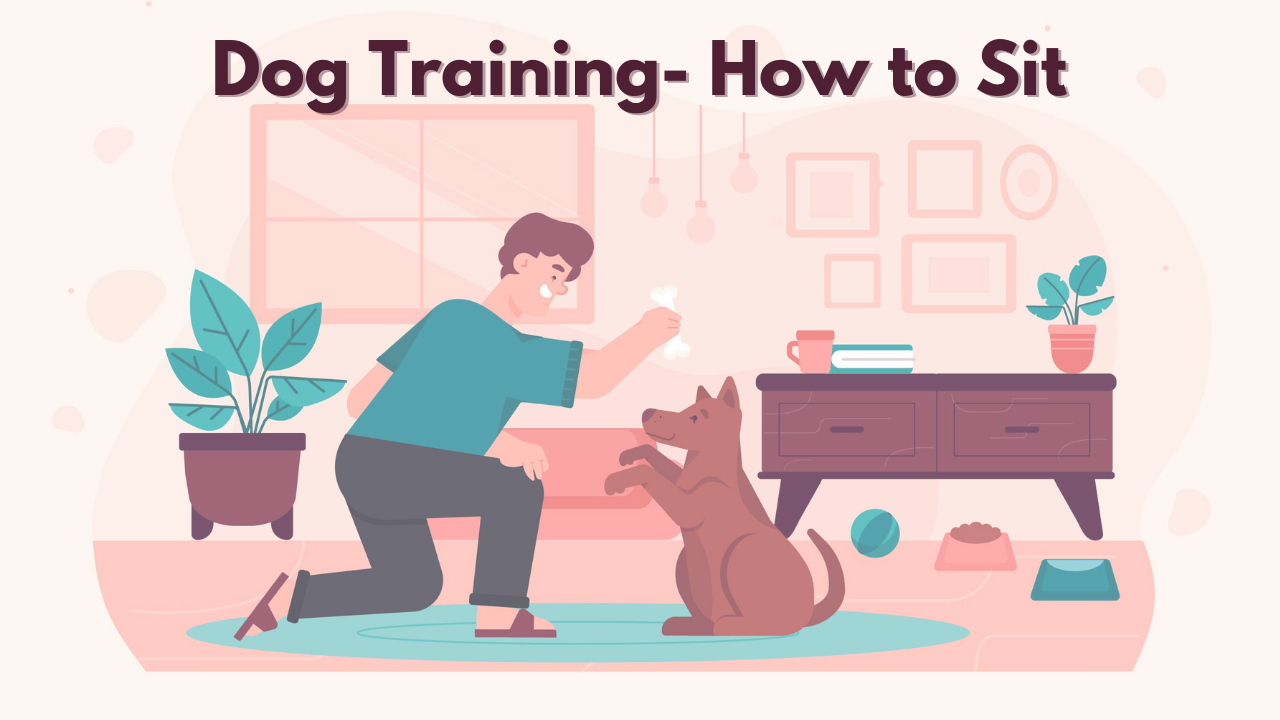
Dog Sit Training
In dog training, the first step is to sit. It’s a simple exercise that not only teaches your dog to sit but also introduces the whole idea of learning. She’ll begin to understand that when you engage with her in a particular way — waving a treat around and making sounds — you’re looking for a specific response. Once she gets this, she’ll learn to pay attention in a more focused way. Before you start, review the sidebars below on timing and treats.
 Get your dog’s attention with a yummy treat that she really likes. If you’re having a hard time keeping her attention, use a better treat. Keep your dog’s attention on the treat by holding it close to her nose. DO NOT say, “Sit.”
Get your dog’s attention with a yummy treat that she really likes. If you’re having a hard time keeping her attention, use a better treat. Keep your dog’s attention on the treat by holding it close to her nose. DO NOT say, “Sit.”

Slowly move the treat over your dog’s head, and keep bringing it back over your dog’s head until she starts tilting backward. Still DO NOT say, “Sit.”
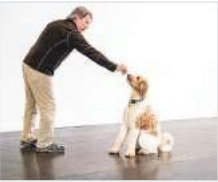
Once your dog actually sits, say, “Sit,” but ONLY ONCE. Release your treat simultaneously.
What If My Dog Isn’t Interested in Treats?
While most dogs get pretty excited over the right treat, for some dogs treats just aren’t a big motivator. So now what? You have several options. First, experiment with not feeding your dog breakfast and then using her kibble throughout the day as training treats. This way your dog will be significantly hungrier throughout the day and much more receptive to training. If kibble doesn’t work, try some higher-value treats. Then, come dinnertime, you can assess how much your dog has eaten during the day and determine an appropriate meal size. An interesting side benefit of this approach is that behaviors learned during a period of deprivation tend to penetrate dogs more deeply and are better retained than behaviors taught in a period of abundance. An alternate approach is to explore different motivators for your dog.
For example, some dogs are significantly more motivated by toys and games than by treats. If your dog is one of these, try using a ball as a motivator. See part 6 for more on this.
Adding Watch
Why teach “watch”?
Teaching a dog watch helps her to understand that she should look at you after following an instruction. It’s a form of impulse control and checking in with you. Of course, in the beginning, your dog is watching the treat, not your face. However, in time this habit can become so well-established that your dog will simply do it any time she has performed something for you.

With your dog in a sit, rather than release
the treat

bring your treat up to your forehead and
say, “Watch.”
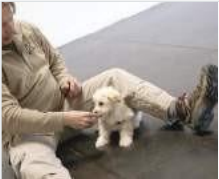
As soon as she looks at your forehead, deliver your treat.
On the Early Timing of Words and Treats When you’re first introducing a new behavior, it’s important NOT to chant the phrase associated with the behavior you’re trying to teach. Instead, lure the dog into the position you’re looking for — in this instance, to sit — and say the word once as your dog commits to the behavior. Remember, you’re trying to teach your dog to associate the word “sit” with the action of sitting. In the beginning, if you chant the phrase over and over, it can make it more difficult for your dog to identify the word with the desired action.
However, this is only true in the very beginning of introducing a new concept. Generally, after a dozen or so repetitions, the association becomes established, and you can use the word as a cue to let your dog know what you’re looking for.



